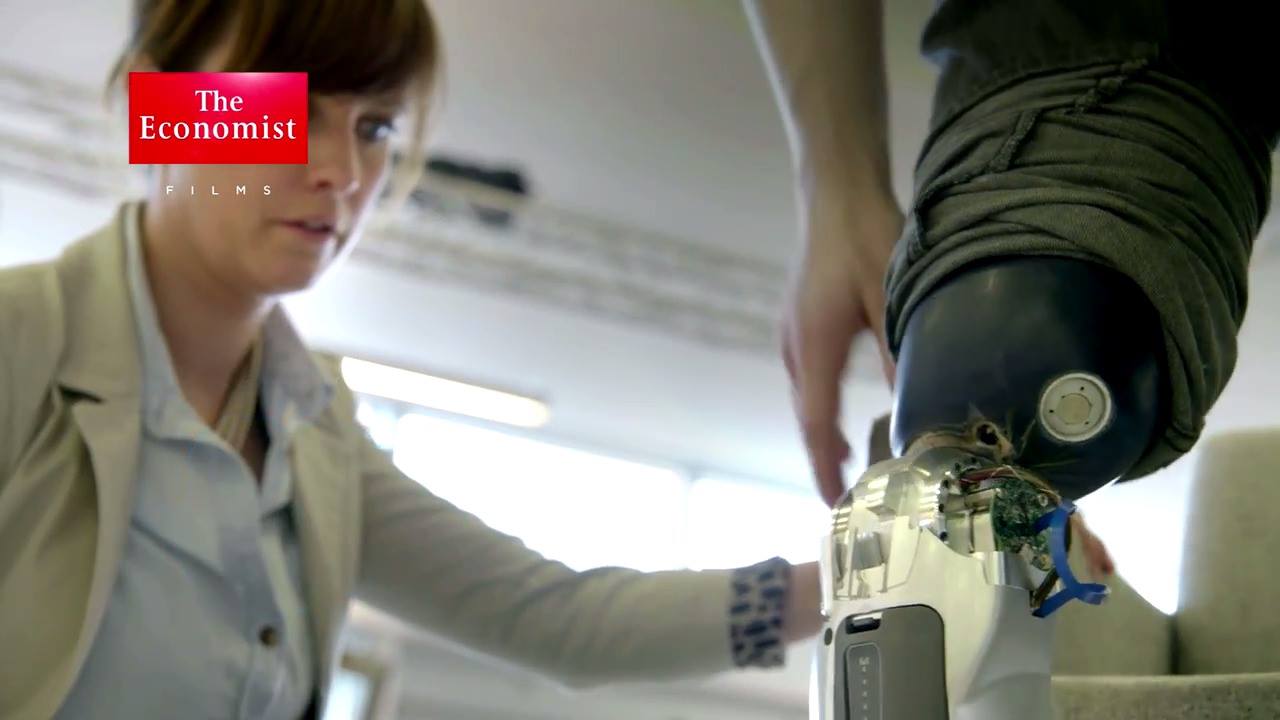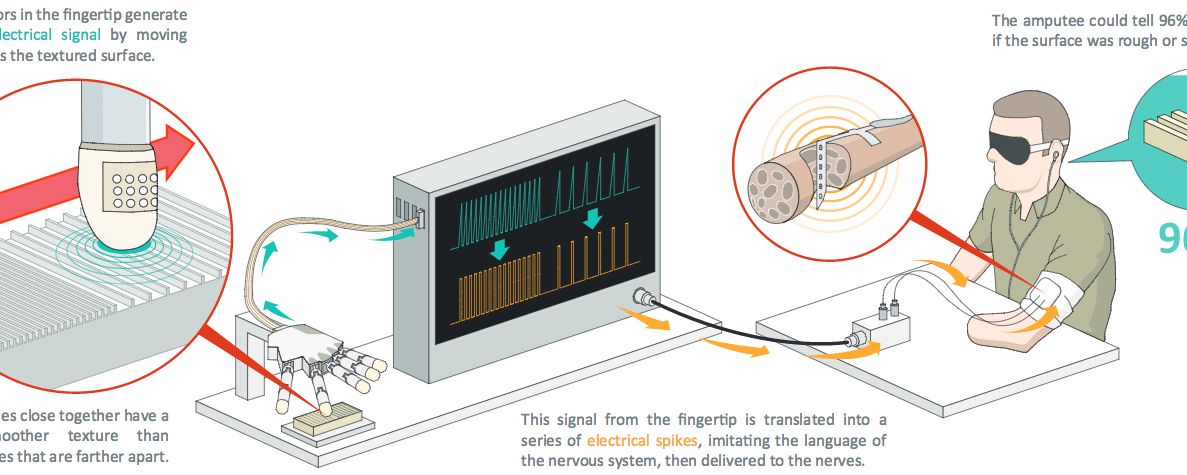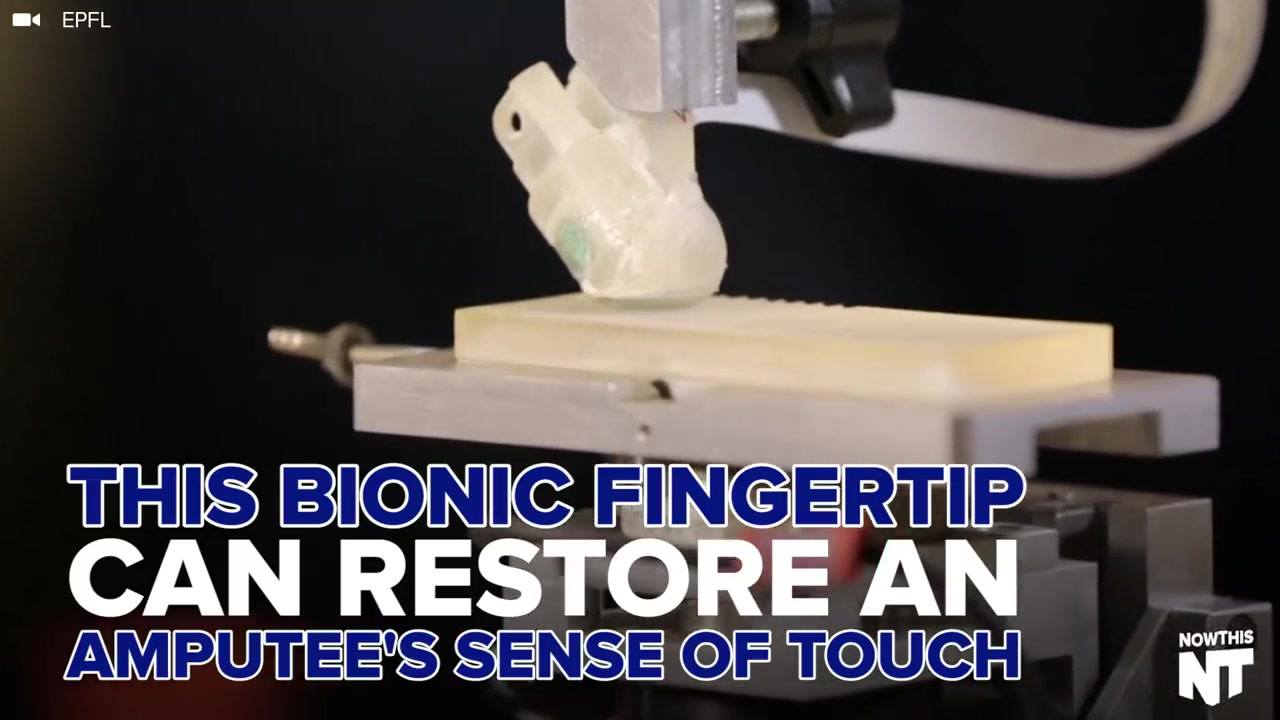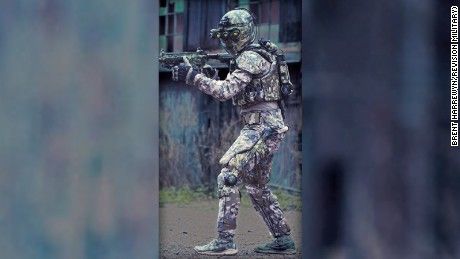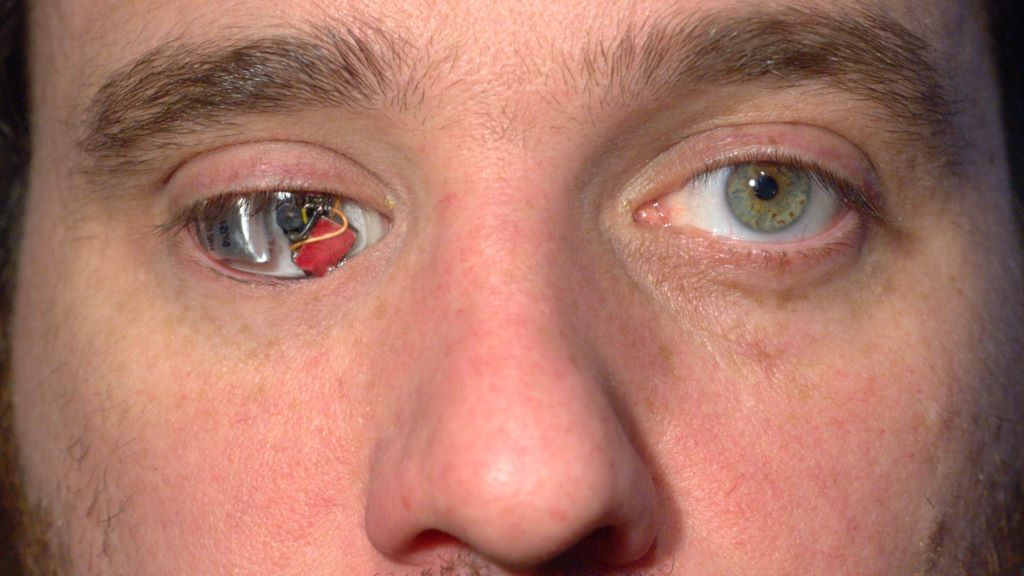Archive for the ‘cyborgs’ category: Page 113
Mar 12, 2016
Making the world’s first brain-controlled bionic leg
Posted by Shailesh Prasad in categories: biotech/medical, cyborgs, electronics, neuroscience, transhumanism

Bionics: surgically inserted sensors controlling a prosthetic limb. Meet the man who sometimes forgets that his bionic leg is not his own.
Mar 11, 2016
Amputee feels texture with a ‘bionic’ fingertip
Posted by Sean Brazell in categories: cyborgs, electronics, transhumanism
Amputee Dennis Aabo Sørensen is the first person in the world to recognize texture (smoothness vs. roughness) using an artificial “bionic” fingertip surgically connected to nerves in his upper arm. The experimental system was developed by EPFL (Ecole polytechnique fédérale de Lausanne) and SSSA (Scuola Superiore Sant’Anna).
“The stimulation felt almost like what I would feel with my hand,” says Sørensen. “I felt the texture sensations at the tip of the index finger of my phantom hand.”
Mar 9, 2016
This bionic fingertip can restore the sense of touch for amputees
Posted by Shailesh Prasad in categories: cyborgs, transhumanism
Mar 9, 2016
Bionic fingertip lets amputee feel textures
Posted by Karen Hurst in categories: biotech/medical, cyborgs, transhumanism
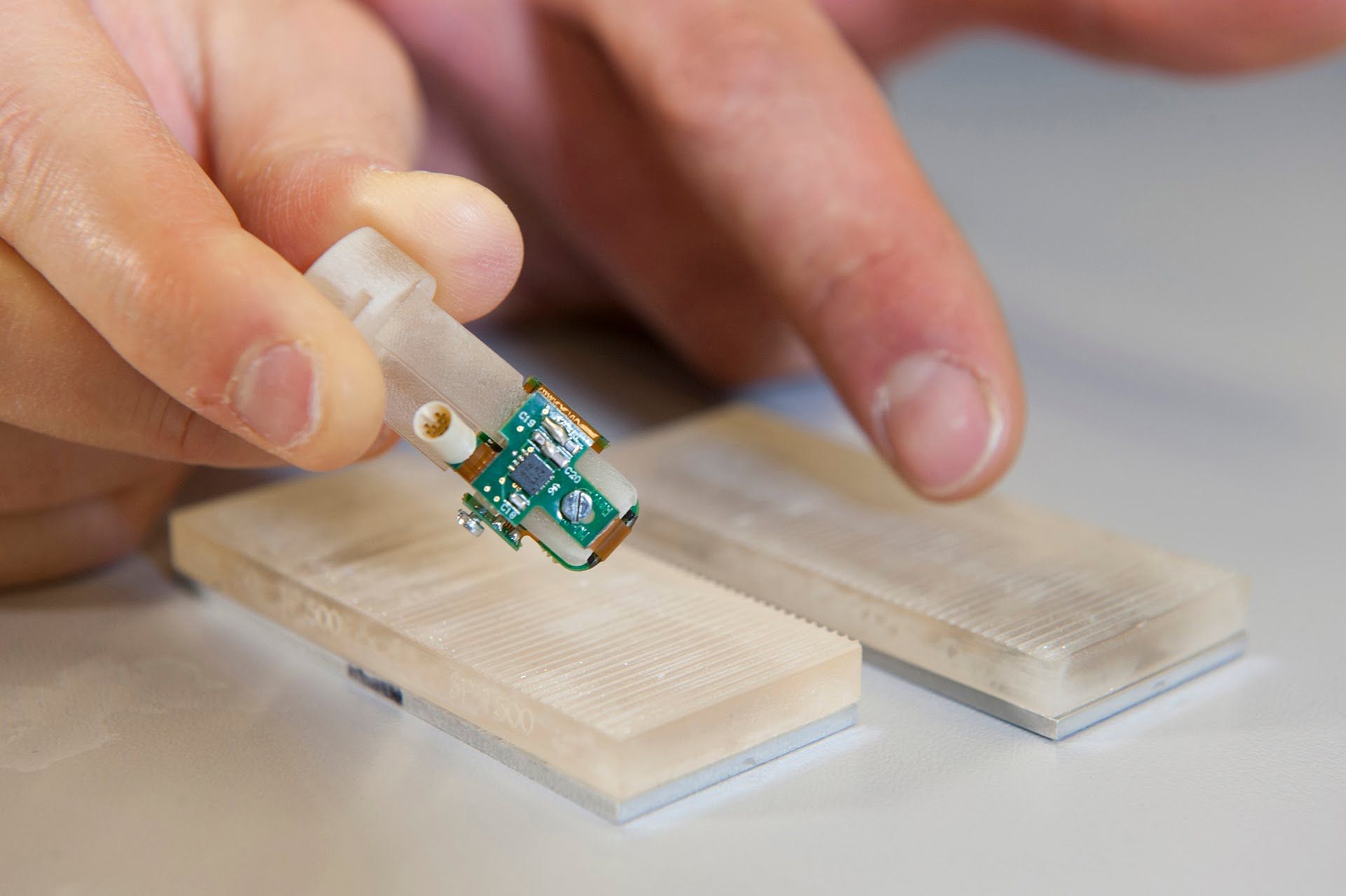
Cool beans.
Using a bionic fingertip, an amputee for the first time has been able to feel rough and smooth textures in real-time, as though the fingertip were naturally connected to his hand.
Continue reading “Bionic fingertip lets amputee feel textures” »
Mar 7, 2016
U.S. military closer to making cyborgs a reality
Posted by Sean Brazell in categories: computing, cyborgs, military, neuroscience
The U.S. military is spending millions on an advanced implant that would allow a human brain to communicate directly with computers.
If it succeeds, cyborgs will be a reality.
Mar 2, 2016
Never Say Die – SELF/LESS from Science-Fiction to –Fact
Posted by Shailesh Prasad in categories: biotech/medical, cyborgs, ethics, health, life extension, neuroscience, robotics/AI, transhumanism

In SELF/LESS, a dying old man (Academy Award winner Ben Kingsley) transfers his consciousness to the body of a healthy young man (Ryan Reynolds). If you’re into immortality, that’s pretty good product packaging, no?
But this thought-provoking psychological thriller also raises fundamental and felicitous ethical questions about extending life beyond its natural boundaries. Postulating the moral and ethical issues that surround mortality have long been defining characteristics of many notable stories within the sci-fi genre. In fact, the Mary Shelley’s age-old novel, Frankenstein, while having little to no direct plot overlaps [with SELF/LESS], it is considered by many to be among the first examples of the science fiction genre.
Continue reading “Never Say Die – SELF/LESS from Science-Fiction to -Fact” »
Feb 27, 2016
Military Cyborgs May Soon Be a Reality
Posted by Karen Hurst in categories: biotech/medical, cyborgs, drones, health, internet, military, security
BMI’s (according to DARPA and David Axe) could begin as early as 2017 on humans. The plan is to use stentrodes. Testing has already proven success on sheep. I personally have concerns in both a health (as the article highlighted prone to blood clots) as well as anything connecting via Wi-Fi or the net with hackers trying to challenge themselves to prove anything is hackable; that before this goes live on a person we make sure that we have a more secure hack-resistant net before someone is injured or in case could injure someone else.
Soldiers could control drones with a thought.
Feb 27, 2016
This filmmaker put a tiny camera in his prosthetic eye. He calls it the Eyeborg
Posted by Matthew White in categories: biotech/medical, cyborgs, electronics
Feb 25, 2016
Doctors implant 3D-printed vertebrae in ‘world’s first’ surgery
Posted by Karen Hurst in categories: 3D printing, biotech/medical, cyborgs, neuroscience
Just Amazing
Ralph Mobbs, a neurosurgeon at the Prince of Wales Hospital in Sydney, made medical history in late 2015 when he successfully replaced two vertebrae with custom made prosthesis. The patient, in his 60s, suffered from Chordoma, a particularly nasty form of cancer that had formed on his top two vertebrae and threatened to cinch off his spinal cord as it grew. That would have left him a quadriplegic. Complicating matters, those top two vertebrae are what allow you to turn and tilt your head, so it’s not like doctors can easily fashion a replacement out of bone grafted from another part of the patient’s body. They have to fit perfectly and that’s where the 3D printers come in.
Mobbs worked with Anatomics, an Australian medical device manufacturer, to craft perfect replicas of the patient’s top two vertebrae out of titanium. This is the first time that these two particular neck bones have been printed and installed. “To be able to get the printed implant that you know will fit perfectly because you’ve already done the operation on a model … It was just a pure delight,” Mobbs told Mashable Australia. “It was as if someone had switched on a light and said ‘crikey, if this isn’t the future, well then I don’t know what is’.”
Continue reading “Doctors implant 3D-printed vertebrae in ‘world’s first’ surgery” »
